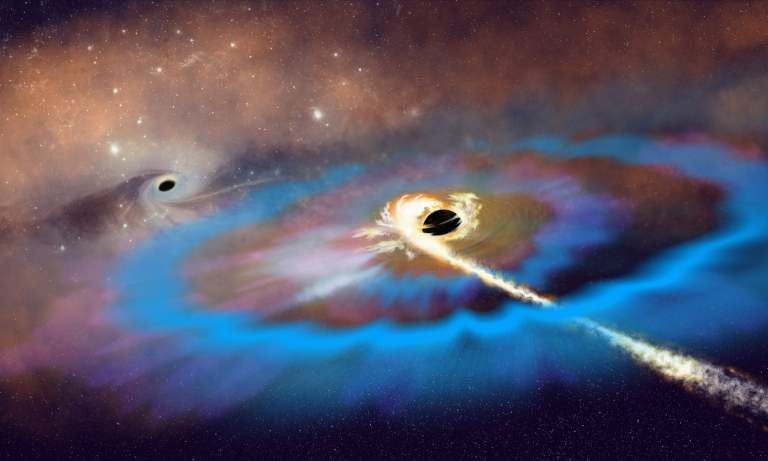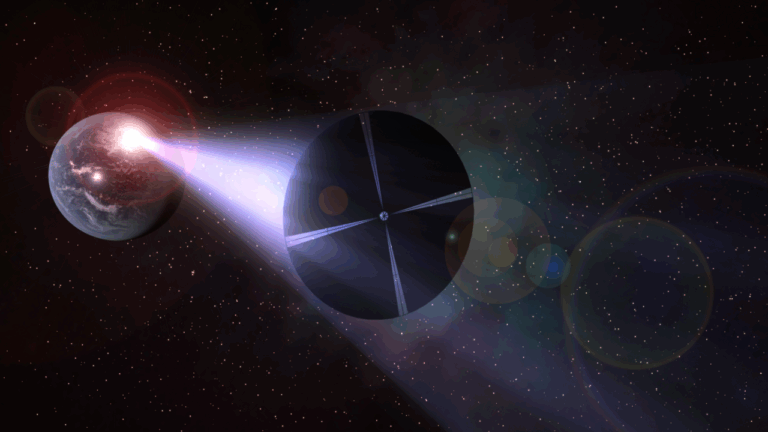Key Takeaways:
Pulsars, superdense neutron stars, are some of the most extraordinary physics laboratories in the entire universe.
Neutron stars are the remnants of massive stars that exploded as supernovae. They pack more than the mass of the Sun into a sphere no larger than a medium-sized city, making them the densest objects in the universe (except for black holes). Pulsars, on the other hand, are rapidly rotating neutron stars that emit beams of radio waves outward from their poles. And when their rotation sends a beam across Earth, radio telescopes detect that as a “pulse” of radio waves.
By precisely measuring the timing of such pulses, astronomers can use pulsars for unique experiments that push the boundaries of modern physics. In fact, research on these extreme and exotic objects has already produced multiple Nobel Prizes.
Pulsar researchers are now poised to learn otherwise-unavailable details about nuclear physics, as well as test general relativity in conditions of extremely strong gravity. Plus, they might even directly detect gravitational waves with a “telescope” made of pulsars that’s nearly the size of our galaxy.
In this week’s episode of Infinity & Beyond, host Abigail Bollenbach will walk you through the science and history of the universe’s lighthouses: pulsars.
Stay up-to-date on the latest space and astronomy news, and make sure to follow us on Facebook, Instagram, and Twitter.









